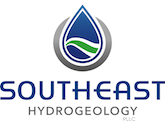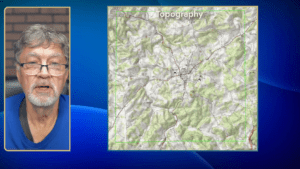Naturally-Occurring Radioactive Materials (NORM) in Groundwater
This step by step guide explains what naturally occurring radioactive materials in groundwater are, where they come from, how they move, how they are regulated, and practical steps small water…

